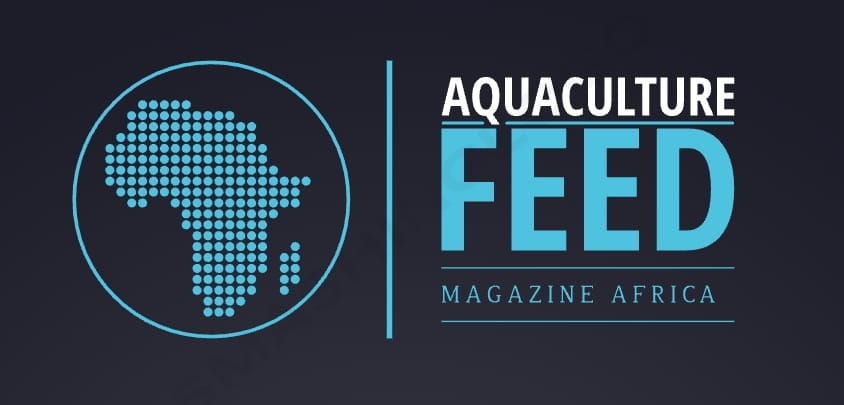ROADMAP FOR SUSTAINABLE AQUACULTURE
Population growth makes it crucial to transform global food systems to meet the United Nations Sustainable Development Goals (SDGs) and the Paris Climate Agreement.
Blue foods from oceans, rivers, and lakes offer a promising solution for feeding the growing human population.
Fish and shellfish are the world’s most traded food products, providing livelihoods to millions and healthy, sustainable nutrition to billions.
Against this backdrop, the aquaculture industry must lead and collaborate to address the challenges of meeting the growing demand for blue foods, while preserving critical habitats and biodiversity.
The Roadmap for Sustainable Aquaculture, produced by the Blue Food Partnership of the World Economic Forum, in collaboration with FUTUREFISH, is a fundamental guide for transformative action in aquaculture value chains and the broader sector.
The document is based on a systems change approach, offering four pathways (responsible production, better livelihoods, healthy consumption, and an enabling environment) with recommendations for scaling the sector within the limits of nature while achieving greater social benefits. , economic and environmental.
This article summarize each of the four paths proposed by the document:
RESPONSIBLE PRODUCTION
With the increasing demand for blue feeds, a planet-focused approach to production can ensure that long-term supplies of nutritious and healthy feed from aquaculture can be sustained.
In this sense, the diversity of aquaculture species and systems is key to sustaining the resilience and nutritional values of aquaculture in food systems.
In addition, there is a need to develop and share best practices and innovations for sustainable production, which drive supply diversity, enable inclusive growth, enhance positive outcomes for nature, and contribute to global biodiversity targets.
BETTER LIVELIHOODS
There is an imbalance in benefits and risks among people involved in the aquaculture sector.
People working in value chains and communities affected by the industry are often left out of decisions that can negatively affect their lives and well-being.
With the growth of aquaculture comes livelihood opportunities, but more needs to be done to secure those opportunities, especially for women and youth.
Systemic change is crucial to rebalancing inequalities, empowering community collaboration and cooperatives, reducing poverty, and building a fairer sector for people in all value chains.
HEALTHY CONSUMPTION
Around the world, access to nutritious and healthy blue foods varies.
A critical part of building sustainable aquaculture systems that address the growing demand for blue foods is to improve the availability, access, and affordability of these various blue foods for all consumers.
Low-trophic species, which require inexpensive, carbon-neutral food, can provide affordable and sustainable options for consumers.
Advocates should raise awareness among retailers, distributors, and food service providers of the benefits of a variety of blue foods.
Companies must find responsible solutions that allow all consumers to access the health benefits of nutritious blue foods.
ENABLING ENVIRONMENT
The future of food, health, and ecological systems requires a change in the aquaculture business.
To achieve the paths of responsible production, better livelihoods, and healthy consumption, policies, partnerships, certifications, innovations, and investments are needed for aquaculture to grow sustainably and fulfill its potential for social, economic, and environmental opportunity for all.
The actions and results on this enabling path will create the right conditions to achieve positive progress toward sustainable, inclusive, and healthy aquaculture by the end of this decade, providing a solid foundation for the future.
CONCLUSION
There are many ways to take action. All those committed to the vision of a more socially, economically, and environmentally sustainable future for aquaculture should consider how the roadmap applies to their unique endeavors, context, and geography.
As the aquaculture sector evolves, the hope is that this roadmap can serve as a fundamental guide for change.
The document recommends the following actions for change:
Incorporates the recommendations of the roadmap into the commercial and operational strategies of aquaculture companies throughout the value chains.
Build capacity based on the roadmap to ensure that all aquaculture stakeholders can make the necessary improvements in their own initiatives and value chains.
Use the roadmap to inform public and private investment decisions.
Integrates the recommendations of the roadmap in the evaluation, design, and implementation of aquaculture projects.
Post stories and case studies of lessons learned and best practices showing the implementation of the roadmap in practice.
Prepares blue food sustainability reports incorporating the objectives of the roadmap to the monitoring and evaluation of aquaculture value chains.
Develop toolkits that enable actors in aquaculture value chains and beyond to implement the roadmap in their own areas of work.
Use the roadmap to inform international policies and agreements.
The roadmap is an invitation for all stakeholders involved in aquaculture to collaborate toward a more sustainable future for people, nature, and the climate.
Reference (free access)
World Economic Forum. 2023. The Global Sustainable Aquaculture Roadmap: Pathways for Systemic Change. 25 p.

